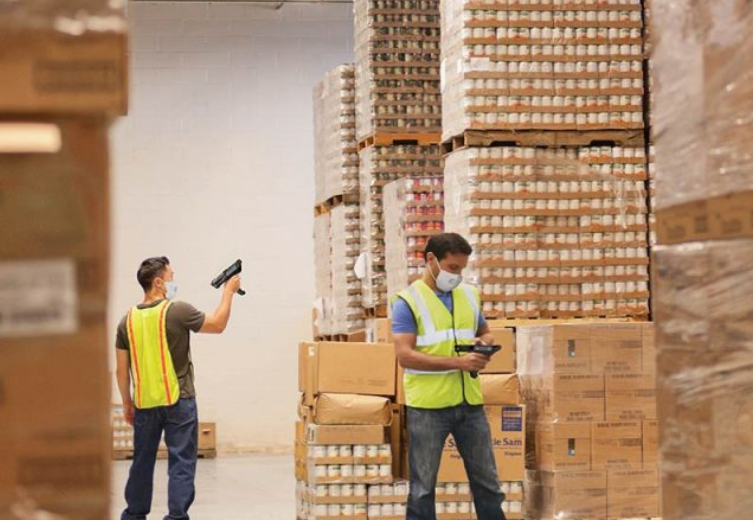Social distancing is a core tenant of safe workplaces in the age of COVID-19. We’re particularly seeing this as Victoria enters the second step to reopening and allows postal and distribution centres back to work. However, it’s not always easy for workers to stay 2 meters away from one another all day long. This is particularly true in warehouses, manufacturing plants, distribution centres and other highly-trafficked facilities in which workers are navigating miles of tight aisles, dense postponement work stations, blind corners and busy loading docks.
As a result, many workers may opt to call out to avoid what they feel are unsafe situations, and those who do report in might find themselves more distracted than usual. That’s precisely why companies are doing everything they can right now to identify and mitigate all potential “close contact” scenarios that could facilitate the spread of COVID-19 and ensure employees feel safe coming into work.
Retailers and supply chain providers can’t keep their workforce at a reduced capacity forever. There is a significant cost and resource burden associated with manual contact tracing as well as shutting down entire facilities due to the inability to identify and contain potential exposures.
So how exactly do you increase the physical distancing in your distribution centres without disrupting productivity?
Zebra MotionWorks Proximity – a simple mobile device application that enables viable worker distancing and contact tracing.
MotionWorks Proximity monitors the distance and time spent between employees during the course of the day. More specifically, it warns employees when they get too close to one another, gives managers a way to monitor high-risk proximity events (instances in which employees remain within 6 feet/2 meters of one another for an extended period) and securely record proximity events for later reference if needed for automated contact tracing.
As soon as a worker logs into the MotionWorks Proximity app, it will immediately:
- Start sensing proximity events. The devices used in the MotionWorks Proximity solution are equipped with Bluetooth Low Energy beacons that “listen” for beacons transmitting from other workers’ devices, so they can tell when workers are within 6 feet/2 meters of one another for an extended time.
- Send audible proximity alerts to workers. When the app detects other devices within the 6-foot social distancing perimeter for a period longer than 60 seconds, it will emit a sound warning to all impacted workers that they are too close to one another and need to immediately increase their physical distance.
- Report high-risk proximity events to the cloud for supervisor review and action. If workers ignore the warning alerts and remain in close proximity to others for an extended period, then the app will immediately report the interaction as a “proximity event” via the live cloud-based dashboard and add it to the historical event record. This enables supervisors to make adjustments to workflows to help reduce or eliminate proximity events moving forward.
- Streamline contact tracing reporting to a targeted list of confirmed exposures. Should an employee test positive for COVID-19, managers can immediately login to the web-accessible contact tracing report for records specific to that employee, enabling them to notify only the specific employees who were involved in high-risk proximity events about the potential exposure to initiate isolation, testing and treatment protocols while remaining compliant with privacy regulations.
- Prompt users to thoroughly disinfect their devices at requested intervals throughout the day and at the end of each shift. This helps managers to increase compliance with workplace sanitation measures designed to prevent the spread of COVID-19 via the handling of shared devices among shift workers.
To learn more how MotionWorks Proximity can keep your workers safe and your retail operations as productive as possible, visit https://www.zebra.com/ap/en/products/software/motionworks-proximity.html

